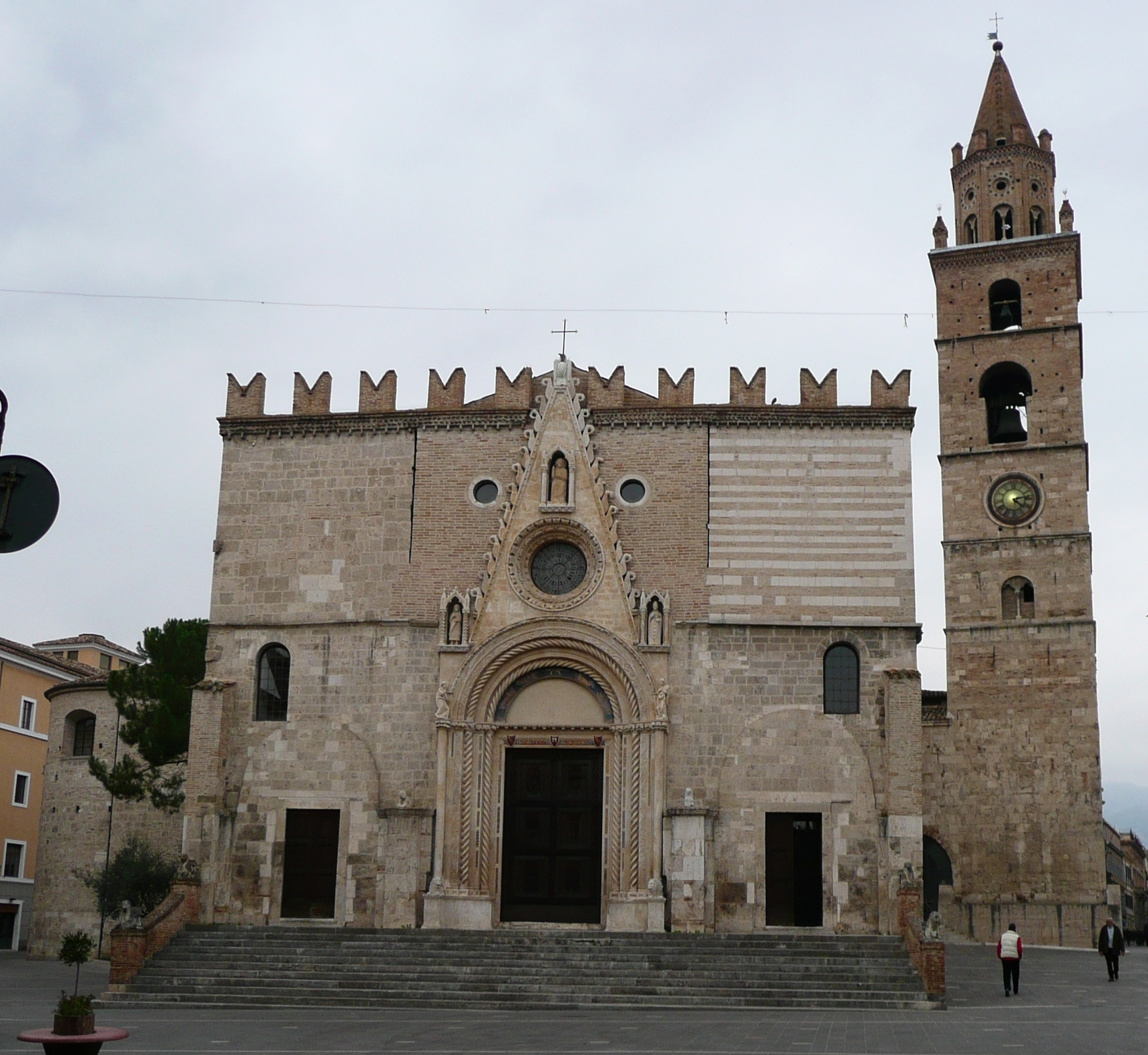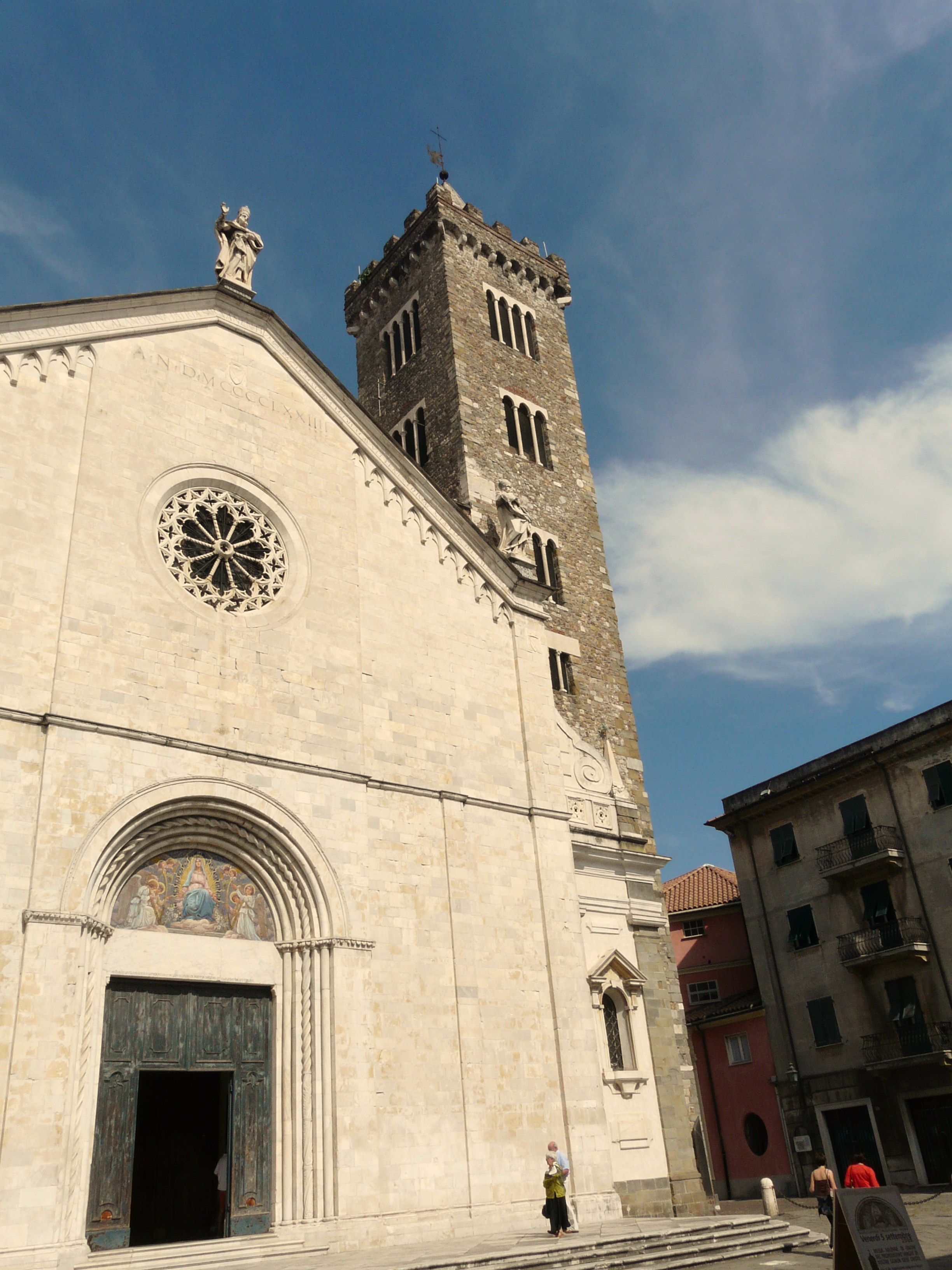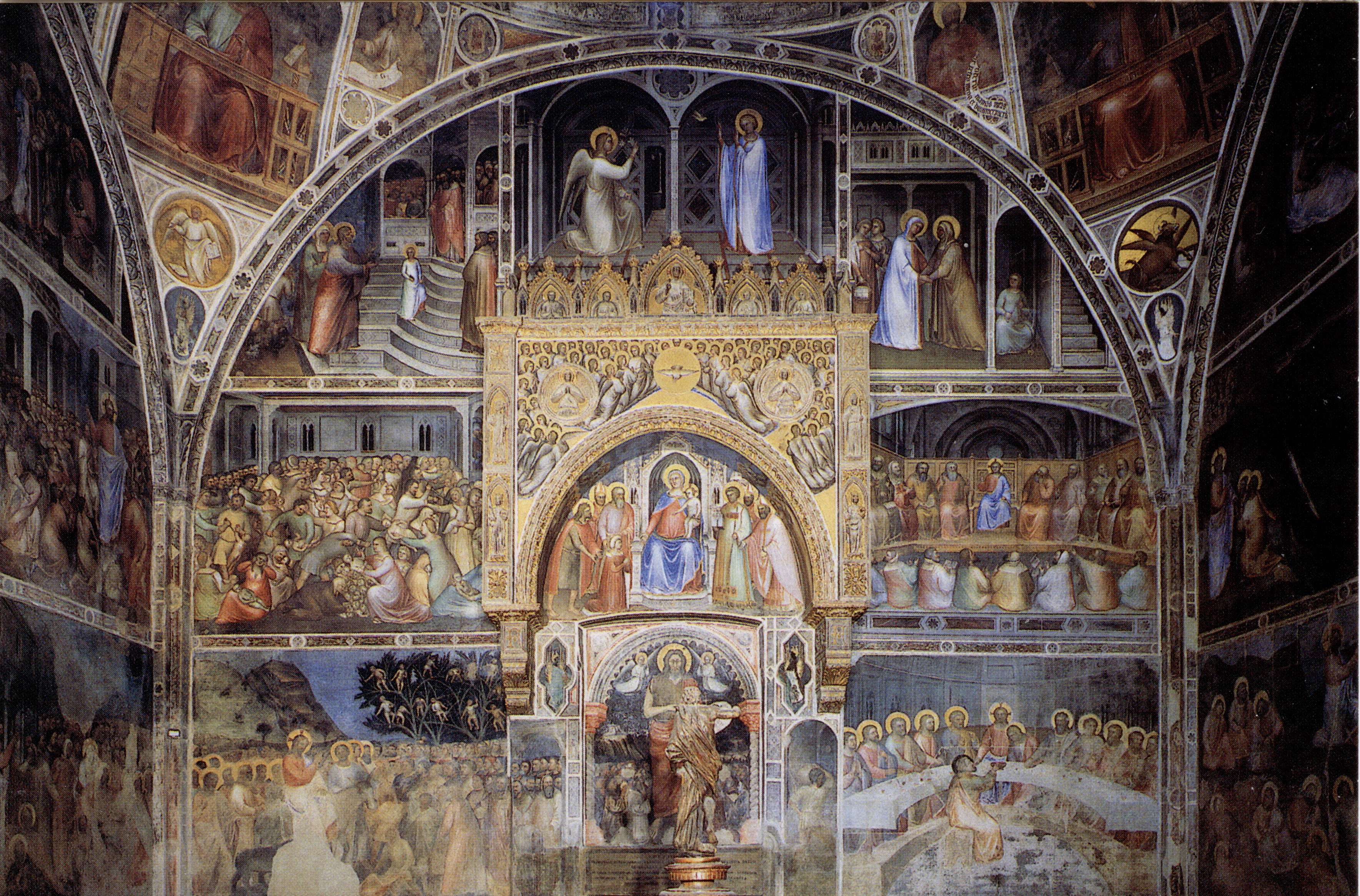|
Cathedral Of Santa Maria Assunta (other)
The Cathedral of Santa Maria Assunta is the name of several List of churches consecrated to Santa Maria Assunta, churches consecrated to Santa Maria Assunta. It may refer to: * Acerenza Cathedral * Acerra Cathedral * Acqui Cathedral * Ajaccio Cathedral * Alife Cathedral * Altamura Cathedral * Andria Cathedral * Aosta Cathedral * Benevento Cathedral * Chioggia Cathedral, the main place of worship in Chioggia, from 1627 * Cortona Cathedral * Crema Cathedral * Cremona Cathedral * Foggia Cathedral * Lucciana Cathedral * Lucera Cathedral * Naples Cathedral * New Cathedral, Brescia * Novara Cathedral * Old Cathedral, Brescia * Oristano Cathedral * Orvieto Cathedral * Padua Cathedral * Sarzana Cathedral * Siena Cathedral * Teramo Cathedral * Terni Cathedral * Torcello Cathedral, a basilica church on the island of Torcello, Venice, from 639 * Troia Cathedral * Urbino Cathedral * Venafro Cathedral {{disambiguation ... [...More Info...] [...Related Items...] OR: [Wikipedia] [Google] [Baidu] |
List Of Churches Consecrated To Santa Maria Assunta
Italian churches consecrated to Santa Maria Assunta (The Assumption of Mary) include: * Santa Maria Assunta, Acerra cathedral * Santa Maria Assunta, Acqui Terme Cathedral * Santa Maria Assunta, Altamura, Province of Bari, Puglia * Santa Maria Assunta, Cremona cathedral * Santa Maria Assunta, Esine, in Val Camonica * Santa Maria Assunta, Gaeta cathedral * Santa Maria Assunta, Guardialfiera. Province of Campobasso, Molise * Maria Santissima Assunta, Gravina di Puglia co-cathedral, Province of Bari * Santa Maria Assunta di La Verna La Verna basilica-sanctuary of in the Tuscan Apennines *Naples Cathedral *Orvieto Cathedral *Ostuni Cathedral *Piacenza Cathedral (Santa Giustina e Santa Maria Assunta) * Santa Maria Assunta, Pisa cathedral, Tuscany * Santa Maria Assunta, Randazzo basilica church, Sicily * Santa Maria Assunta, Siena cathedral, Tuscany * Santa Maria Assunta, Spoleto cathedral * Santa Maria Assunta, Torcello basilica church, island near Venice, Veneto * Santa Maria dei Carm ... [...More Info...] [...Related Items...] OR: [Wikipedia] [Google] [Baidu] |
Lucera Cathedral
Lucera Cathedral ( it, Duomo di Lucera; ''Basilica cattedrale di Santa Maria Assunta di Lucera''; also popularly ''Santa Maria della Vittoria'') is the cathedral of Lucera, Apulia, Italy. The dedication is to the Assumption of the Virgin Mary but it is also popularly known as Santa Maria della Vittoria from the statue of the Madonna kept here. It is the seat of the Bishop of Lucera-Troia (previously of the Bishops of Lucera), and is also a minor basilica. In its present form it originates mostly from the 14th century. It is one of the very few buildings in Apulia in which the Gothic architectural style of the medieval French rulers appears almost unaltered. Site and dedication The church is located in the historical town centre of Lucera, on the ''Piazza del Duomo''. The dedication, to the Assumption of the Blessed Virgin Mary, refers to a small gilded wooden statue of the Virgin of the late 14th century, which has the nickname ''Madonna della vittoria'' ("Madonna of Victory" ... [...More Info...] [...Related Items...] OR: [Wikipedia] [Google] [Baidu] |
Troia Cathedral
Troia Cathedral ( it, Concattedrale di Troia; ''Cattedrale di Santa Maria Assunta'') is the cathedral of Troia in Apulia, Italy, dedicated to the Assumption of the Blessed Virgin Mary. Built in the first quarter of the 12th century, it is reckoned a masterpiece of Apulian Romanesque architectureLegler: ''Apulien'', p. 277 and is particularly noted for the rose window and the bronze doors of the west front. Formerly the seat of the Bishops of Troia, it is now a co-cathedral in the diocese of Lucera-Troia. Location and dedication The church is located in the centre of Troia on the ''Via Regina Margherita''. The principal façade, orientated to the north-west, looks onto a small forecourt. The dedication to the Assumption of the Virgin Mary was taken over from the predecessor building, which has been partly incorporated into the present structure. The following Latin inscription is located on a wall of the Chapel of the Patron Saints: ''Felix antistes dom(i)nus Guillelmus secu ... [...More Info...] [...Related Items...] OR: [Wikipedia] [Google] [Baidu] |
Torcello Cathedral
The Church of Santa Maria Assunta (''basilica di Santa Maria Assunta'') is a basilica church on the island of Torcello, Venice, northern Italy. It is a notable example of Late Paleochristian architecture, one of the most ancient religious edifices in the Veneto, and containing the earliest mosaics in the area of Venice. History According to an ancient inscription, it was founded by the exarch Isaac of Ravenna in 639, when Torcello was still a rival to the young nearby settlement at Venice. The original church is believed to have had a nave with one aisle on each side and a single apse on the eastern wall of the cathedral. It's difficult to tell what the original church was like because very little of it survived the subsequent renovations. Much of the plan of the original church survives as its present form is very similar to the original but the only physical parts that survive are the central apse wall and part of the baptistery that survives as part of the façade of the cur ... [...More Info...] [...Related Items...] OR: [Wikipedia] [Google] [Baidu] |
Terni Cathedral
Terni Cathedral ( it, Duomo di Terni, ''Cattedrale di Santa Maria Assunta'') is a Roman Catholic cathedral in Terni, Umbria, Italy, and the seat of the bishop of Terni-Narni-Amelia. It is dedicated to the Assumption of the Virgin Mary. History The present cathedral is the result of a long series of rebuildings and repairs over the centuries. The first cathedral of Terni was built, according to local tradition, over a pagan temple by the first bishop of Terni, Saint Peregrine, in the 2nd century. Tradition states further that Saint Anastasius, bishop of Terni from 606 to 653, built another cathedral on the site in the 7th century. Repair works between 1932 and 1937 (to plans by Marcello Piacentini) uncovered in the present crypt three apses and the remains of a rose window between two mullioned windows, each of two lights, from this earlier structure. In the 9th century a major reconstruction took place which turned the earlier structure into the crypt of a new cathedral; a furt ... [...More Info...] [...Related Items...] OR: [Wikipedia] [Google] [Baidu] |
Teramo Cathedral
Teramo Cathedral ( it, Duomo di Teramo, ''Cattedrale di Santa Maria Assunta'') is a Roman Catholic cathedral in Teramo, Abruzzo, central Italy, dedicated to the Assumption of the Virgin Mary and to Saint Berardo, patron saint of the city. It is the seat of the Bishop of Teramo-Atri. Built in Romanesque-Gothic style, it was consecrated in 1176. History and description The church was begun in 1158, by order of bishop Guido II of Teramo, in order to house the relics of Saint Berardo after the destruction of the former cathedral of Teramo, Santa Maria Aprutensis, by Robert of Loritello in 1155. The edifice was finished in Romanesque style and consecrated in 1176. It had a nave and two aisles and a raised presbytery. Most likely it also had an external narthex. Part of the stone was taken from the nearby Roman theatre and amphitheatre; part of the latter was demolished to house the church. In 1331-1335 bishop Niccolò degli Arcioni had the building extensively modified. The northe ... [...More Info...] [...Related Items...] OR: [Wikipedia] [Google] [Baidu] |
Siena Cathedral
Siena Cathedral ( it, Duomo di Siena) is a medieval church in Siena, Italy, dedicated from its earliest days as a Roman Catholic Marian church, and now dedicated to the Assumption of Mary. It was the episcopal seat of the Diocese of Siena, and from the 15th century that of the Archdiocese of Siena. It is now the seat of the Archdiocese of Siena-Colle di Val d'Elsa-Montalcino. The cathedral was designed and completed between 1215 and 1263 on the site of an earlier structure. It has the form of a Latin cross with a slightly projecting transept, a dome and a bell tower. The dome rises from a hexagonal base with supporting columns. The dome was completed in 1264. The lantern atop the dome was added by Gian Lorenzo Bernini. The bell tower has six bells, where the oldest one was cast in 1149. The nave is separated from the two aisles by semicircular arches. The exterior and interior are constructed of white and greenish-black marble in alternating stripes, with the addition of red m ... [...More Info...] [...Related Items...] OR: [Wikipedia] [Google] [Baidu] |
Sarzana Cathedral
Sarzana Cathedral ( it, Concattedrale di Santa Maria Assunta di Sarzana) in Sarzana, Liguria, Italy, is a co-cathedral of the Diocese of La Spezia-Sarzana-Brugnato. It is dedicated to the Assumption of the Virgin Mary. The building is a mixture of the Romanesque and Gothic styles, reflecting the length of the period of its construction, from the early 13th to the late 15th century. The cathedral is noted as the home of a relic of St Andrew and of the Blood of Christ. There is also an important Romanesque Cross of Maestro Guglielmo of 1138. History The cathedral was built on the site of the former pieve of San Basilio and was under construction from 1204 to 1474, when the upper part of the west front was completed by Leonardo Riccomanni of Pietrasanta. In 1735 three statues of popes were added to the top of the façade: Saint Eutychianus in the centre between Pope Sergius IV and Pope Nicholas V. The cathedral was built as the seat of the Bishop of Luni when it was finally t ... [...More Info...] [...Related Items...] OR: [Wikipedia] [Google] [Baidu] |
Padua Cathedral
Padua Cathedral, or Basilica Cathedral of Saint Mary of the Assumption ( it, Duomo di Padova; Basilica Cattedrale di Santa Maria Assunta), is a Catholic church and minor basilica located on the east end of Piazza Duomo, adjacent to the bishop's palace in Padua, Veneto, Italy. The cathedral, dedicated to the Assumption of the Virgin Mary, is the seat of the Bishop of Padua. The church building, first erected as a cathedral in the 4th century, has undergone major reconstructions over the centuries. History The present church is the third structure built on the same site. The first cathedral was erected after the Edict of Milan in 313 and destroyed by an earthquake on 3 January 1117. It was rebuilt in Romanesque style: the appearance of that medieval church can be seen in the frescoes by Giusto de' Menabuoi in the adjoining baptistery. The current building dates from a reconstruction during the sixteenth century. While in the past the design was attributed to Michelangelo, it wa ... [...More Info...] [...Related Items...] OR: [Wikipedia] [Google] [Baidu] |
Orvieto Cathedral
Orvieto Cathedral ( it, Duomo di Orvieto; Cattedrale di Santa Maria Assunta) is a large 14th-century Roman Catholic cathedral dedicated to the Assumption of the Virgin Mary and situated in the town of Orvieto in Umbria, central Italy. Since 1986, the cathedral in Orvieto has been the episcopal seat of the former Diocese of Todi as well. The building was constructed under the orders of Pope Urban IV to commemorate and provide a suitable home for the Corporal of Bolsena, the relic of miracle which is said to have occurred in 1263 in the nearby town of Bolsena, when a traveling priest who had doubts about the truth of transubstantiation found that his Host was bleeding so much that it stained the altar cloth. The cloth is now stored in the Chapel of the Corporal inside the cathedral. Situated in a position dominating the town of Orvieto which sits perched on a volcanic plug, the cathedral's façade is a classic piece of religious construction, containing elements of design f ... [...More Info...] [...Related Items...] OR: [Wikipedia] [Google] [Baidu] |
Oristano Cathedral
Oristano Cathedral ( it, Duomo di Oristano; ''Cattedrale di Santa Maria Assunta''), dedicated to the Assumption of the Virgin Mary, is the Roman Catholic cathedral of Oristano, Sardinia, Italy. It is the seat of the Archbishop of Oristano. It is built in the Baroque style, and is located in the historical centre of the city. It was initially constructed in 1195. References 12th-century Roman Catholic church buildings in Italy Cathedral A cathedral is a church that contains the '' cathedra'' () of a bishop, thus serving as the central church of a diocese, conference, or episcopate. Churches with the function of "cathedral" are usually specific to those Christian denomination ... Churches in the province of Oristano Roman Catholic cathedrals in Italy Baroque architecture in Sardinia Cathedrals in Sardinia Churches completed in 1195 {{Italy-RC-cathedral-stub ... [...More Info...] [...Related Items...] OR: [Wikipedia] [Google] [Baidu] |
Old Cathedral, Brescia
The Duomo Vecchio or Old Cathedral (also called "La Rotonda" because of its round layout) is a Roman Catholic church in Brescia, Italy; the rustic circular Romanesque co-cathedral stands next to the Duomo Nuovo (New Cathedral) of Brescia. It is officially known as the ''Winter Co-Cathedral of Santa Maria Assunta'', while the adjacent main cathedral is known as the ''Summer Cathedral''. It is one of the most important examples of Romanesque round church in Italy. While some claims for an earlier construction exist, the earliest documents state that construction of the cathedral started about 1100 on the site of a prior church with a basilica layout. It has a circular shape that became rare after the Council of Trent, and is one of the most prominent round churches of the period still remaining. There are 13th century frescoes on the interior walls, and a large canvas by Francesco Maffei showing the church with a bell tower, which has since collapsed. In the 19th century, ma ... [...More Info...] [...Related Items...] OR: [Wikipedia] [Google] [Baidu] |

.jpg)





